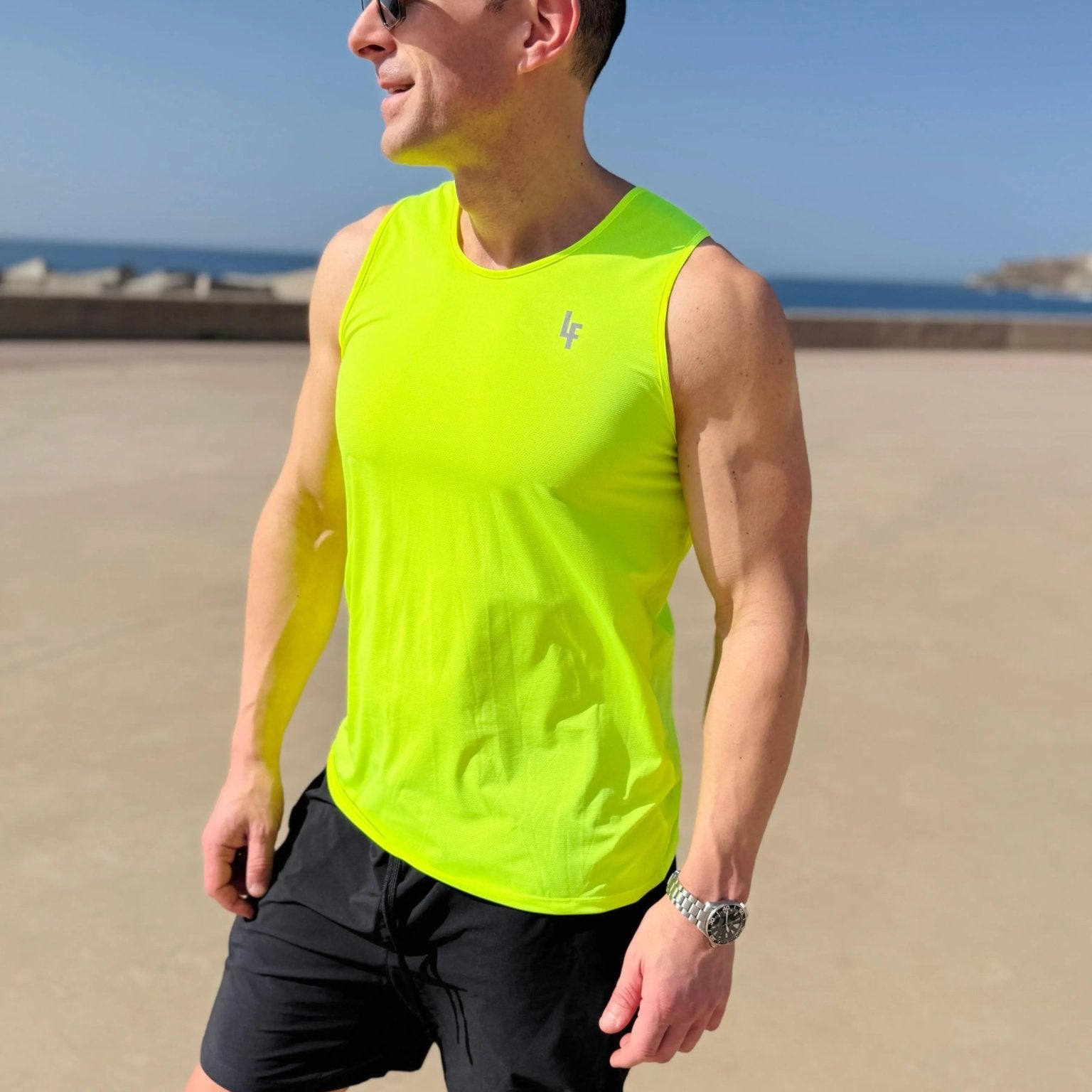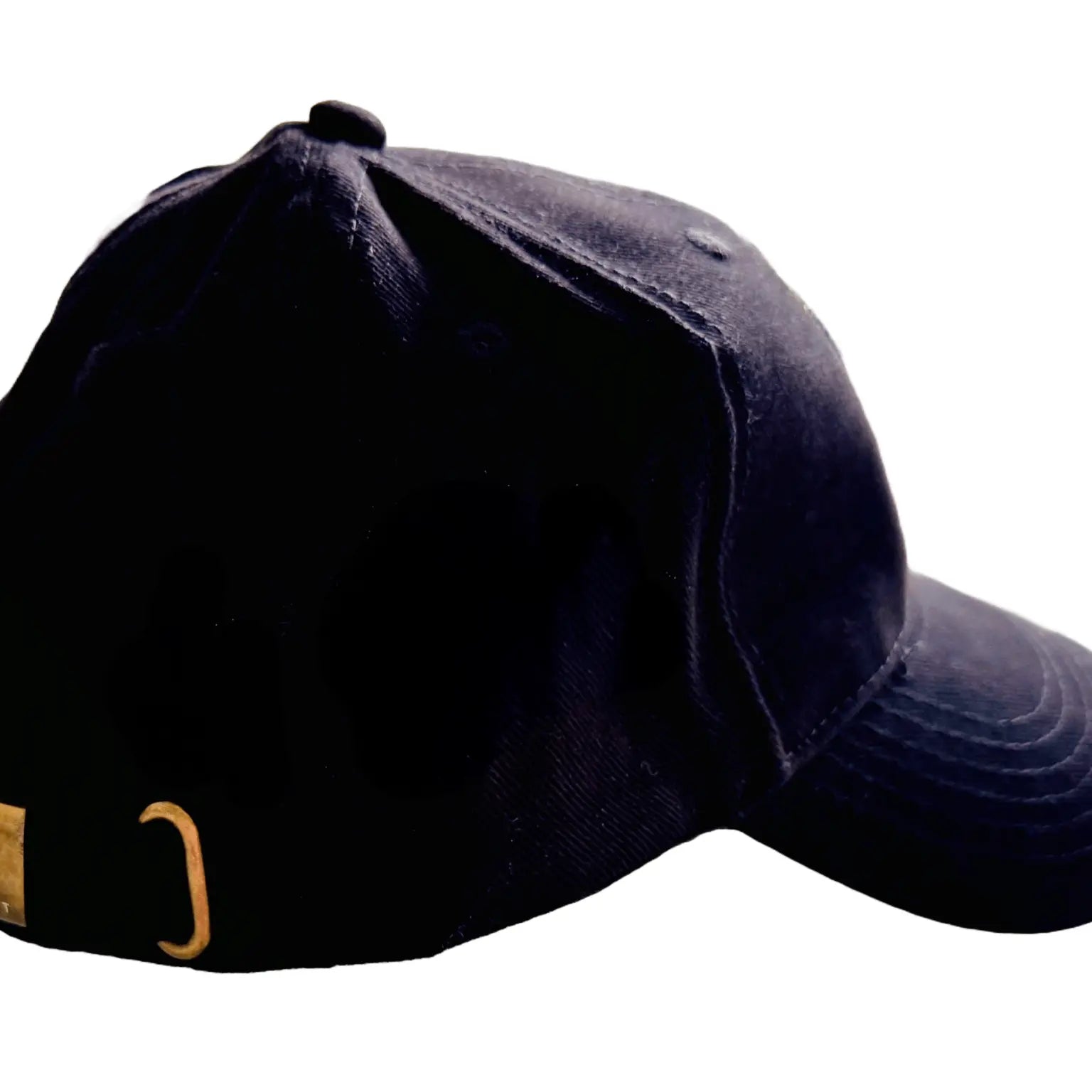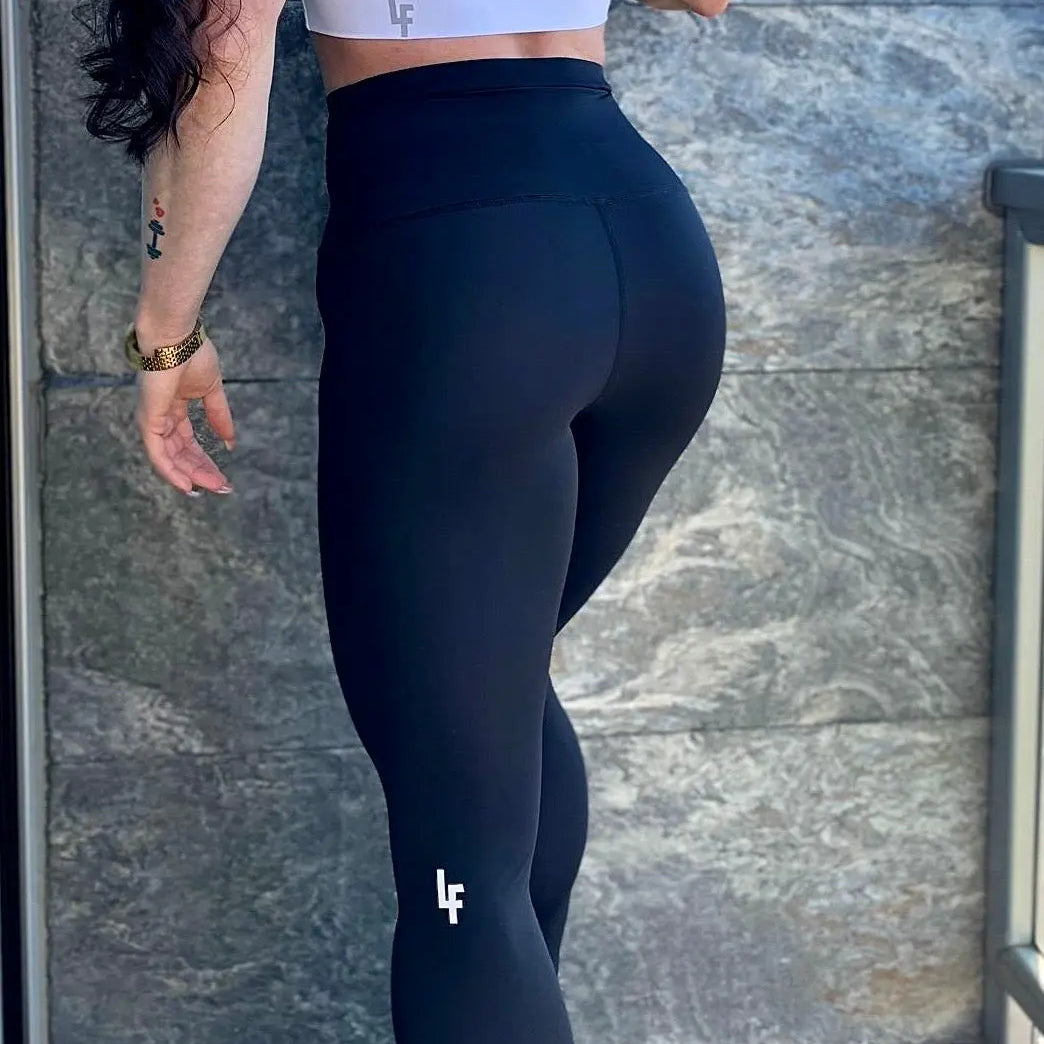Goodbye Back Pain! Your Guide to a Healthy Spine and a Strong Core
Hello, dear readers! As every week, we delve into the world of wellness and movement. Today we're addressing a topic that, unfortunately, is familiar to many of us: back pain. That discomfort that can appear without warning and become an unwanted companion. But don't worry! Science backs us up and offers a clear and effective solution: a strong back is built from a steely core. Forget passive solutions; the key lies in movement training and strengthening our natural girdle: the transverse abdominis.
Science Confirms: A Strong Core Is Your Best Ally
For years, rest was the standard recommendation for back pain. However, current scientific evidence has turned things around. Today we know that an active approach is much more beneficial. The most recent studies demonstrate a direct relationship between weakness in the deep abdominal muscles, especially the transverse abdominis , and the onset of lower back pain.
Imagine your spine like the mast of a ship. Your core muscles, especially the transverse abdominis, are the lifelines that support it and give it stability. If these muscles are weak, your spine becomes vulnerable, your posture suffers, and pain soon sets in. A strong transverse abdominis acts like an internal corset, protecting your vertebrae and intervertebral discs from the stresses of everyday life.
The Star Exercises for a Foolproof Transverse
The good news is that strengthening these muscles is within our reach. It's not about endless sit-ups, but rather about performing exercises that promote deep and conscious activation. Here are the most effective exercises supported by science:
-
Planks: This isometric exercise is a surefire staple. By holding the position, we force the transverse muscle to work constantly to stabilize the spine. Remember to keep your back straight and your abs engaged!
-
Hypopressives: Beyond the aesthetics of a flat stomach, hypopressive exercises are a powerful tool for activating the transverse and pelvic floor muscles. Through specific breath-holds and postures, a "suction" is achieved that lifts the internal organs and reprograms our abdominal girdle.
-
Pilates: This method focuses on control, precision, and breathing. Every movement in Pilates starts from the "powerhouse" or energy center, which is none other than our core. Pilates exercises, both on the floor and with machines, are ideal for strengthening core muscles in a controlled and safe manner.
-
Training with Instabilities: Introducing elements such as fit balls, Bosus, or even single-leg exercises creates a challenge for our balance. Faced with this instability, the transverse and other stabilizing muscles reflexively activate to maintain posture.
- Strength: weights, strength, endurance. Any form of strength is our ally!
Your Weekly Plan for a Pain-Free Back
Consistency is key. You don't need to train for hours, but you do need to be regular in your practice. Here's a sample weekly schedule to help you start feeling the benefits:
Monday: Focus on Deep Activation (20-30 minutes)
-
Warm-up: Gentle joint mobility (neck, shoulder, hip and ankle circles).
-
Transversus Activation: Lying on your back with your knees bent, inhale deeply, drawing the air into your ribs. As you exhale, gently contract your abdomen, as if you were trying to draw your navel toward your spine. Hold this contraction for a few seconds. 10-15 repetitions.
-
Hypopressives: If you know the technique, perform 3-5 apneas in different positions.
-
Front Plank: 3 sets of 20-30 seconds (or as long as you can hold with good technique).
-
Glute Bridge: 3 sets of 15 reps, focusing on core activation as you step up.
Wednesday: Pilates and Movement Control (30-40 minutes)
-
Warm-up: 5 minutes of basic Pilates exercises (the hundred, roll up...).
-
Pilates Floor Circuit:
-
Leg circles (circles with one leg): 10 per side.
-
Swimming: 3 sets of 20 seconds.
-
Dead bug: 3 sets of 10 reps per side.
-
Side Plank: 3 sets of 15-20 seconds per side.
-
-
Stretches: Cat-cow, pyramidal stretch.
Friday: Challenge Your Stability (20-30 minutes)
-
Warm-up: Transverse mobility and activation.
-
Circuit with Instability:
-
Squats on a cushion or bosu: 3 sets of 12 repetitions.
-
Forearm plank on fitball: 3 sets of 20-30 seconds.
-
Single-leg deadlift (no weight at first): 3 sets of 10 reps per side.
-
-
Stretches: Focus on the posterior chain (hamstrings and lower back).
Tuesday, Thursday, Saturday, and Sunday: Active movement! Lift weights, go for a walk, practice gentle yoga, dance... The idea is to stay active and avoid a sedentary lifestyle.
Feel the Difference with LUXFEEL
To move with complete freedom and confidence, it's essential to feel comfortable in what you wear. The LUXFEEL clothing line is designed precisely for that. Its fabrics, made with recycled materials, feel like a second skin, allowing you full range of movement without transparency or discomfort. The high waist of its leggings offers perfect support in the abdominal area, reminding you of that much-needed core activation. Because when you feel good in your clothes, your motivation soars. LUXFEEL is more than activewear; it's a lifestyle that inspires you to give your best in every movement.
Remember, taking care of your back is an investment in your quality of life. Start building a strong core and a healthy spine today. Your body will thank you!
See you next week for more tips for a full, active life.



















